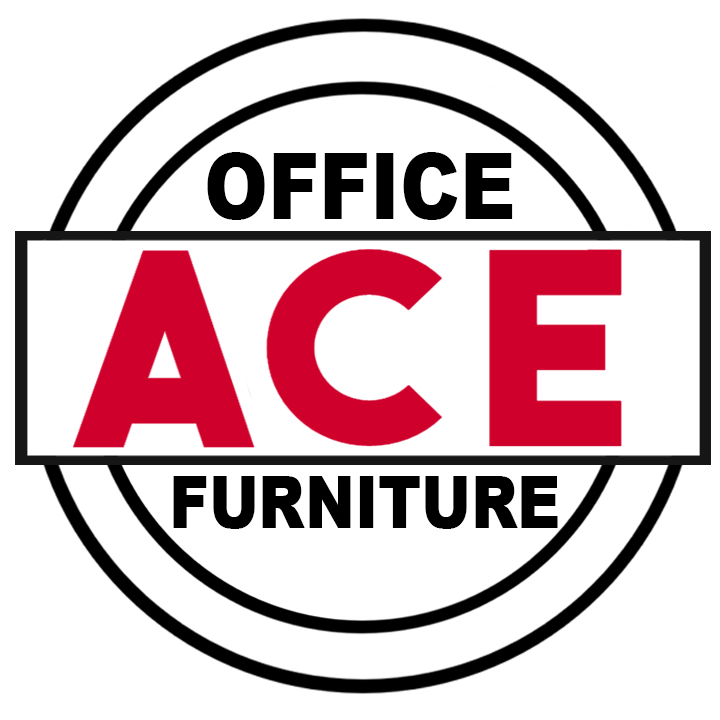How do I select the right workstation?

Selecting the Right Workstation
When searching for the right workstation it is important to consider its purpose which will be decided by the nature of your tasks. It is best to look for products that have been designed and engineered to help make your workspace more productive.
This can be achieved in a variety of ways. As a guide, observe how your work flows through your office in a typical day. It is likely that you’ll uncover a number of distinctive and repetitive task patterns.
Once these patterns have been identified, organize them according to their intended and frequency of their use. Now you are ready to investigate the pertinent factors that will determine the workspace you eventually select.
Insurance
Insurance should be upgraded to include:
- New office and equipment
- Visiting clients, etc.
Tax Regulations
- Qualifying tax regulations which may apply to your business
- This may reflect your purchases
Lighting – Protect Yourself
- If you have to setup near a window make sure your computer sits perpendicular to it, minimize eye-strain inducing glare on sunny days
- If you have fluorescent lights, try to position your set up between the lights
- Use ‘Parabolic louvers’ to reduce the glare from fluorescent lights
- Use window blinds to control the light source through the day
- Panels or screens may be used to control glare
- Protect your eyes from Ultraviolet A (UVA) and Ultraviolet B (UVB) by using an anti-glare screen
Eye Protection Filter
- Glare from your monitors generate two types of glare, specular and diffuse
- Specular glare is reflected in smooth surfaces and is readily noticed since it has an image, like a reflection in a mirror
- Diffuse glare is reflected from rough surfaces, such as white paper and has no image
Noise
- Try to set up your office in a separate room if possible and away from the rest of the house
Ventilation
- Make sure you have sufficient fresh air and ventilation
- Place your laser printer and photocopier vents away from you and use unbleached paper as it is toxic free, and scent free supplies
- Some household plants will remove benzene, carbon monoxide and formaldehyde from the air
Chair
- Comfort is personal but should be part of the selection
- Seat pan design; deep and wide enough
- Rounded front edge (waterfall)
- Adjustable slope seat
- Able to adjust your chair, to obtain appropriate height
- Sit back in your chair, with your thighs parallel to the floor
- Place feet flat on the floor, a foot rocker maybe required
Foot Rocker
- A foot rocker helps to prevent possible discomfort resulting from outstretched feet
- The rocking motion creates light activity in the legs and feet and will help stimulate muscles to improve overall circulation
Keyboard Tray
- Angle adjustable
- Height adjustable
- Can accommodate a palm rest, if desired
Document Holder
- Position document holder in line with the monitor to reduce eyestrain
Monitor
- Mid-line of monitor should line up with center of the keyboard (H Key) which should line up with your belt buckle
- Position the monitor at arms length
- Make sure that the top of your monitor screen is slightly below eye level
- A monitor stand may be used to achieve the height
Mousing
- Keep your forearm and wrist in a straight line
- Keep your upper arms close to your body
- Use the whole arm movement, avoid quick wrist movements
- Try to use hot keys and keystrokes instead of using the mouse
Workstation
- Adequate space beneath the worksurface for your legs
- Depth of the worksurface depends on the task and equipment used to perform this responsibility
- Try to place equipment and materials that are used regularly and frequently in arm’s reach… to perform your tasks
- Avoid unnecessary reaching and bending which leads to fatigue and possible muscle strains and can reduce efficiency
- Keep in mind other related tasks in your planning
- Establish your work flow then design the essential elements to meet your requirements
Folding Table
- Temporary staging area for those large projects
